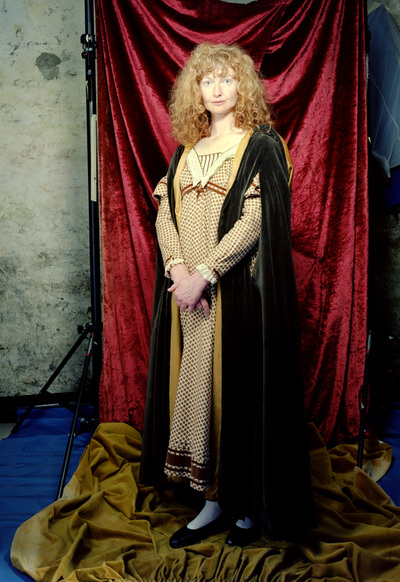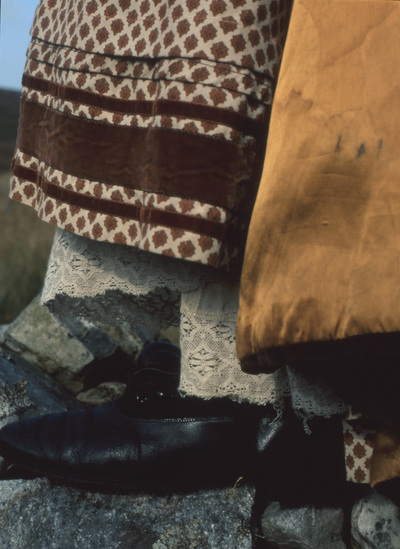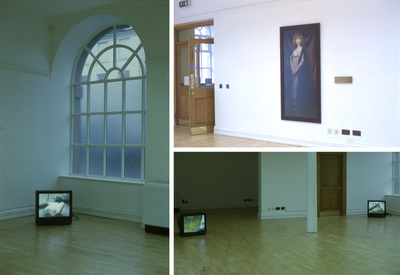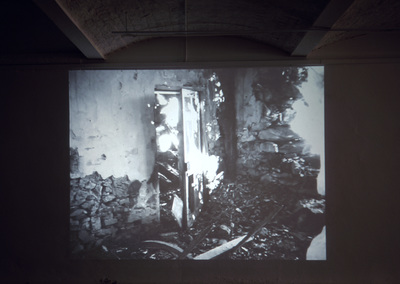Portrait, Diary, Biography
Portrait, Diary, Biography from Moira McIver on Vimeo.
“Portrait, Diary, Biography” (2000) is based on the story of Betsy Gray and her involvement in the battle of Ballynahinch, Co. Down. Betsy Gray’s role in the battle and subsequent death is evident in much of the literature concerning the 1798 rebellion. Her actual involvement is more difficult to ascertain and she hovers as a romantic heroine caught between history and fiction.
The most famous version is a semi-fictional account by W.G. Lyttle entitled, “Betsy Gray and the Hearts of Down” wriiten in 1880. In Lyttle’s account Elizabeth Gray was the only daughter of Hans Gray, a Presbyterian farmer and widower from Gransha townland, North Down. According to Lyttle, Betsy followed her brother George and her lover Willie Boal to fight alongside other disillusioned insurgents against Government forces in Ballynahinch. The three were captured by soldiers after the battle. The two men were killed, Betsy’s hand was severed and she was shot through the eye.
Her position as a Presbyterian heroine and her adoption as a republican martyr has caused much controversy over the years. The cottage in which she, supposedly, was born and grew up remains standing on farmland in Gransha townland.
This artwork explores heroism and identity, how certain individuals defy categorisation and transgress boundaries of gender, religion and patriotism. These individuals overturn social expectations and blur the borders between fact and mythology.
The most famous version is a semi-fictional account by W.G. Lyttle entitled, “Betsy Gray and the Hearts of Down” wriiten in 1880. In Lyttle’s account Elizabeth Gray was the only daughter of Hans Gray, a Presbyterian farmer and widower from Gransha townland, North Down. According to Lyttle, Betsy followed her brother George and her lover Willie Boal to fight alongside other disillusioned insurgents against Government forces in Ballynahinch. The three were captured by soldiers after the battle. The two men were killed, Betsy’s hand was severed and she was shot through the eye.
Her position as a Presbyterian heroine and her adoption as a republican martyr has caused much controversy over the years. The cottage in which she, supposedly, was born and grew up remains standing on farmland in Gransha townland.
This artwork explores heroism and identity, how certain individuals defy categorisation and transgress boundaries of gender, religion and patriotism. These individuals overturn social expectations and blur the borders between fact and mythology.




